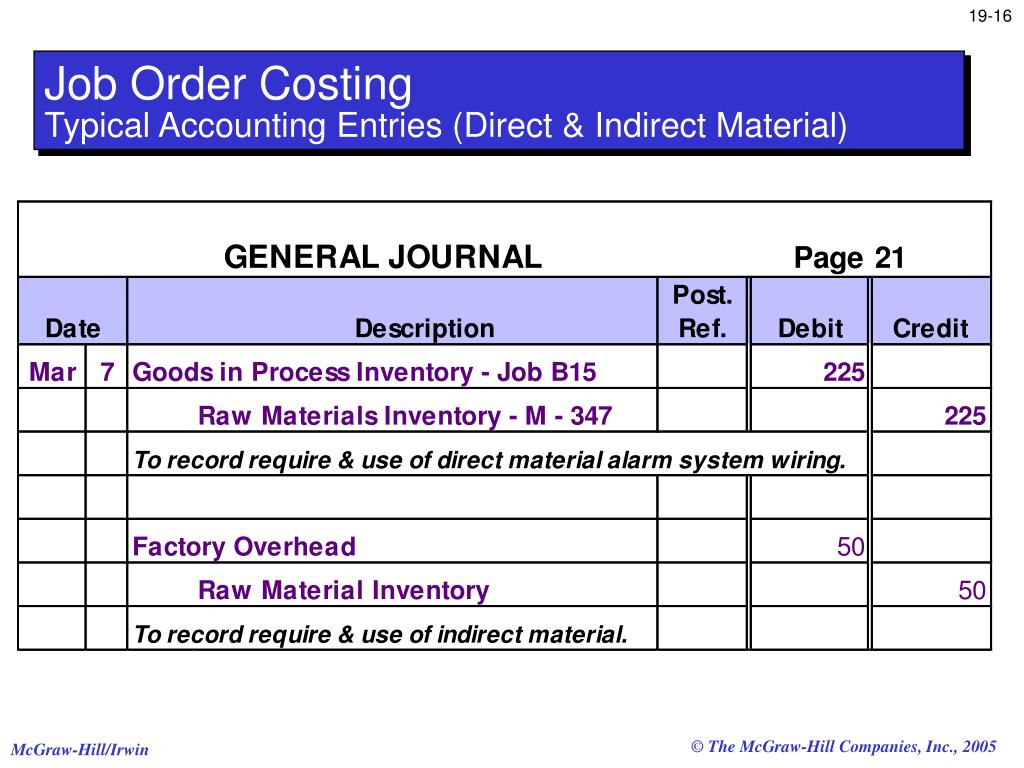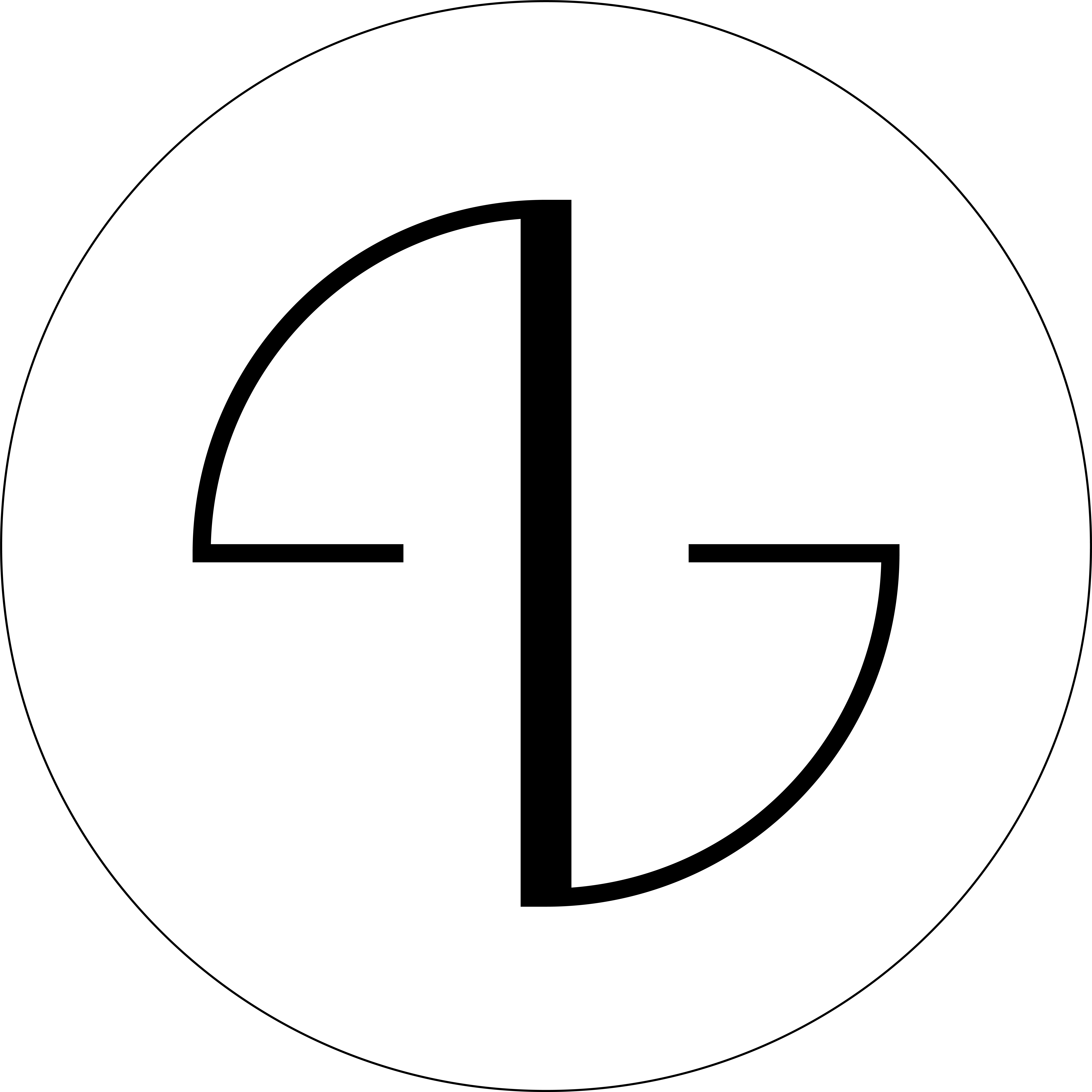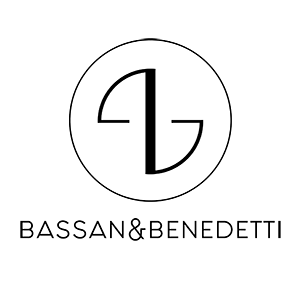Recording Job Order Costs Accounting for Managers

Gross profit for the job is calculated as the sales revenue collected from the customer less the cost of the goods sold. In a job-order costing system, cost of goods sold represents total production costs, e.g. direct material, direct labor, and manufacturing overhead. Notice, Job 105 has been moved from FinishedGoods Inventory since it was sold and is now reported as an expensecalled Cost of Goods Sold. Also, did you notice that actualoverhead came to $9,800 ($1,000 indirect materials + $2,000indirect labor + $6,800 other overhead from transaction g) but weapplied $9,850 in overhead to the jobs in transaction d?
3.1 Comprehensive Example of Job Order Costing Transactions for a Service Company
Maria already has an expansive deli, bakery, and prepared foods section in the store and sees this opportunity as a viable option to increase sales and its customer base. With meals to go, customers can choose from an array of options and can indicate the quantity of each item and the time of pickup. The customer simply pulls up in a designated spot at Maria’s and the food is brought to their car, packaged, and ready to take home to enjoy. An expense is a cost of operations that a company incurs to generate revenue. Generally, the benefit of the cost is used in the same period in which the corresponding revenue is reported.
Get in Touch With a Financial Advisor
- No two orders are alike, so the total cost of each order will differ as a result.
- Regardless of the costing method used (job order costing, process costing, or another method), manufacturing companies are generally similar in their organizational structure and have a similar flow of goods through production.
- Job costing accounting involves transferring costs from the raw materials, labor and manufacturing overhead accounts to a work in process (WIP) account.
- Non-manufacturing labor costs are debited to an expense account for wages or salaries.
- Hence, these indirect labor costs will also need to be recorded in the cost pool of manufacturing overhead before they are further transferred to the work in process account.
Manufacturing overhead is then applied to the jobs as the work is completed throughout the year. In a job-order costing system, the predetermined overhead rate is applied to the jobs based on the job’s actual use of the allocation base or cost driver used to calculate the predetermined rate. The processes to solve the following scenario are demonstrated in Video Illustration 2-2 below. On January 1, Cincy Chips estimates that they will produce 50,500 microchips and run 2,080 machine hours in the upcoming year. The cost formula to estimate manufacturing overhead at the beginning of the year is $128,960 fixed plus $33 variable overhead per machine hour. Compute the organization-wide predetermined manufacturing overhead rate using the template provided in Exhibit 2-4.
Apply overhead cost to production
Conversely, typical companies in the merchandising industry sell products they do not manufacture and purchase their inventory in an already completed state. Companies are allowed to choose the method that they feel best represents their cost flows through their cost of goods sold and their ending inventory balances. Job order costing is an accounting system that traces the individual costs directly to a final job or service, instead of to the production department. It is used when goods are made to order or when individual costs are easy to trace to individual jobs, assuming that the additional information provides value. In these circumstances, the individual costs are easy to trace to the individual jobs. For example, Job 105 had revenue of USD 9,000 and costs of USD 5,500.Third, managers would compare actual overhead on the left side of the Overhead account, with the overhead applied to jobs on the right side.
During this two-month period, one customer sent in an identical order each month, calling for the production of 1,000 units. This required 400 direct labor hours at $1 per hour and materials amounting to $750. Raw materials are stored in the materials storeroom and delivered to the appropriate production department—cutting, painting, or assembly/finishing. The design department uses direct labor to create the design specifications, and, when completed, it sends them to the production department. The production department uses the material and design specifications and adds additional labor to create the sign. The sign is transferred to the finishing department for final materials and labor, before the sign is installed or delivered to the customer.

He has worked as an accountant and consultant for more than 25 years and has built financial models for all types of industries. He has been the CFO or controller of both small and medium sized companies and has run small businesses of his own. He has been a manager and an auditor with Deloitte, a big 4 accountancy firm, and holds a degree from Loughborough University. The first step is to calculate the overhead to be applied to each job.
If the actual overheadexceeds the applied overhead, they may wish to learn why the actualoverhead is so high. Also, they may ask the accountants to increasethe overhead applied to jobs to give them a better idea of the costof jobs. If the actual is less than the applied overhead, they mayask the accountants to reduce capital employed formula calculation and examples the overhead applied to jobs. The Moon Manufacturing Co. has a partial job order costing system instead of predetermining a factory overhead rate. This means that there is a $180,000 ($200,000 – $20,000) direct raw materials which we can assign directly to the specific jobs through work in process account.
Here is a video discussion of job cost journal entries and then we will do an example. Since Job A is completed by the end of the accounting period an additional transfer is made from the WIP ledger to the finished goods inventory account. Job costing accounting or job order costing is a costing method in which costs are accumulated and analysed by individual jobs or orders. The company compares the cost of each job withthe revenue received to be sure the jobs are profitable. Sometimesthe company learns that certain jobs are too costly considering theprices they can charge. For example, Creative Printers recentlylearned that cookbooks were not profitable.
This is because the indirect raw materials are related to the production operation as a whole, but they cannot be traced to specific jobs. Manufacturing overhead costs are applied to the jobs in process using a predetermined manufacturing overhead rate. The predetermined manufacturing overhead rate is discussed in detail in subsequent sections of this chapter.
Our mission is to empower readers with the most factual and reliable financial information possible to help them make informed decisions for their individual needs. Our writing and editorial staff are a team of experts holding advanced financial designations and have written for most major financial media publications. Our work has been directly cited by organizations including Entrepreneur, Business Insider, Investopedia, Forbes, CNBC, and many others. Finance Strategists is a leading financial education organization that connects people with financial professionals, priding itself on providing accurate and reliable financial information to millions of readers each year.
For example, Creative Printers recently learned that cookbooks were not profitable. On the other hand, printing instruction manuals was quite profitable, so the company has focused more on the instruction manual market. To illustrate a job costing system, this section describes the transactions for the month of July for Creative Printers. Assume Creative Printers is a company run by a group of students who use desktop publishing to produce specialty books and instruction manuals. Creative Printers keeps track of the time and materials (mostly paper) used on each job. In a journal entry, we will do entries for each letter labeled in the chart — where the arrow is pointing TO is our debit and where the arrow is coming FROM is our credit.



Lascia un commento